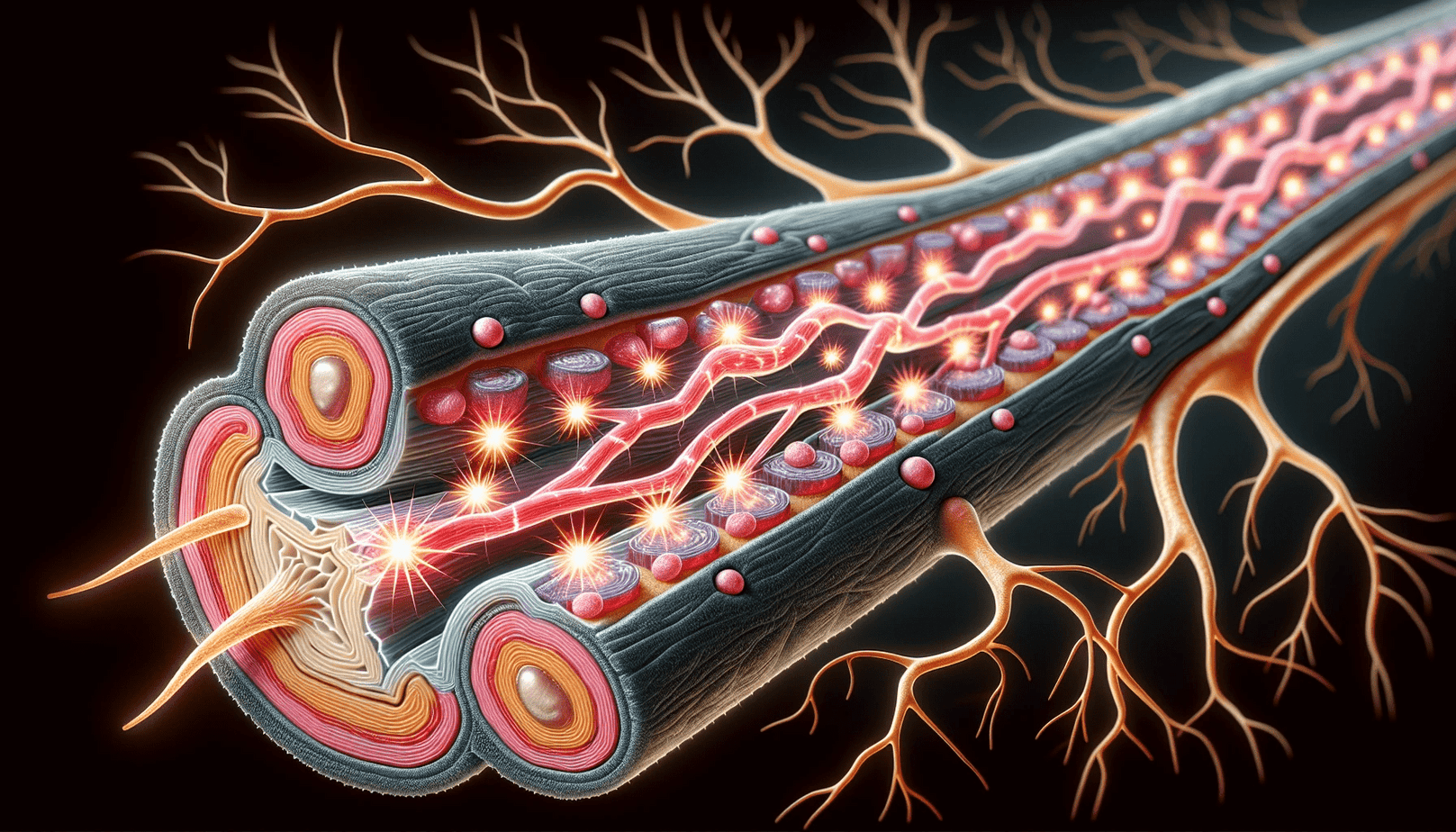
Magnesium for Nerve Pain: Does It Work and What Are the Alternatives?
Understanding Nerve Pain and Its Causes
Nerve pain—often described as burning, tingling, or shooting discomfort—can stem from conditions such as sciatica, neuropathy, or chronic inflammation. It can affect the quality of your life, making simple activities painful and mobility difficult. Many patients searching for natural solutions find themselves exploring the benefits of magnesium for nerve pain.
But how effective is it? Can magnesium really make a meaningful difference in nerve pain relief? And are there more sustainable alternatives that go beyond surface-level symptom management?
Let’s explore the role of magnesium in nerve health, how it’s used for nerve pain relief, and what your options are if you’re looking for long-term, regenerative healing.
What Is Magnesium and Why Is It Important for Nerve Function?
Magnesium is a vital mineral responsible for over 300 biochemical processes in the body. It plays an essential role in nerve transmission, muscle relaxation, and reducing inflammation. Magnesium also regulates the flow of calcium and potassium in nerve cells, which is critical for healthy nerve signaling.
A magnesium deficiency can worsen symptoms of nerve pain, particularly in individuals suffering from chronic conditions like diabetes, fibromyalgia, or sciatica. Because of its calming effects on the nervous system, magnesium is often suggested as a natural remedy for managing nerve discomfort.
How Is Magnesium Used for Nerve Pain?
There are two primary ways people use magnesium for nerve pain:
1. Oral Magnesium Supplements
Magnesium supplements are widely available in capsule, powder, or liquid form. They work internally by restoring magnesium levels throughout the body and reducing overall inflammation. However, it can take several weeks of consistent use to notice a significant change.
2. Magnesium Cream for Nerve Pain
Topical magnesium cream for nerve pain has gained popularity in recent years. These creams are designed to be applied directly to areas of discomfort, where they are absorbed through the skin. Some users report localized relief, especially for muscle cramps or soreness that accompany nerve pain.
How Long Does It Take for Magnesium to Work for Nerve Pain?
One of the most common questions we hear is:
“How long does it take for magnesium to work for nerve pain?”
The answer varies depending on the form and the individual. With oral supplements, it could take 2 to 4 weeks to build up sufficient levels in the bloodstream and nervous system. For topical magnesium cream, relief may occur within hours, but results are often inconsistent and short-lived.
It’s important to remember that magnesium does not repair damaged nerves—it only supports the body’s existing processes and may reduce inflammation temporarily.
Magnesium for Sciatic Nerve Pain: Can It Help?
Many patients experiencing sciatica turn to magnesium for sciatic nerve pain. Sciatica is caused by compression or inflammation of the sciatic nerve, which runs from the lower back through the hips and down the legs.
While magnesium’s anti-inflammatory effects may provide some relief, they are unlikely to resolve the underlying cause of the pain—especially in cases involving structural issues or nerve degeneration.
Similarly, magnesium for sciatica nerve pain may serve as a supportive therapy, but most people need a more targeted, regenerative approach for long-term healing.

The Limitations of Magnesium for Nerve Pain
While magnesium is generally safe and well-tolerated, there are several limitations to relying on it for nerve pain relief:
| Results vary from person to person. | Topical creams can be messy, with uncertain absorption rates. |
| Oral supplements can take weeks to show effects and may cause digestive upset. | Magnesium cannot regenerate nerve tissue, meaning it may only offer surface-level symptom management. |
A Regenerative Solution to Nerve Pain: Consider Stem Cell Therapy
If you’ve tried magnesium and still struggle with ongoing nerve pain, it may be time to consider a more advanced and science-backed approach.
At RegeneVive Health and Wellness, we offer stem cell therapy as a powerful alternative to temporary solutions like magnesium creams and supplements.
Here’s how it works:
Reduces Inflammation at the Source
Stem cells are naturally anti-inflammatory and can target the root causes of nerve irritation—not just the symptoms.
Stimulates Nerve Tissue Regeneration
Unlike magnesium, stem cells may actually repair and regenerate damaged nerve fibers, which can lead to lasting relief and improved nerve function.
Non-Surgical and Minimally Invasive
There’s no downtime, no daily supplements or creams, and no need for risky surgical intervention.
Personalized to Your Condition
Our protocols are customized based on your health history, pain patterns, and diagnostic findings to deliver the most effective treatment plan possible.
Don’t Settle for Temporary Relief—Explore Lasting Healing with Stem Cell Therapy at RegeneVive Health and Wellness
While magnesium for nerve pain can play a role in managing discomfort, it often serves as a short-term or supplemental solution. If you’re looking to restore nerve health, regain mobility, and address the root cause of your pain, stem cell therapy may offer the breakthrough you’ve been searching for. Click here to learn more about how stem cell therapy can help you.
Ready to Take the Next Step?
Contact RegeneVive Health and Wellness today to schedule a consultation and learn whether regenerative medicine is right for your nerve pain condition. Our Chicago-based clinic is here to guide you toward safe, science-driven relief.
About RegeneVive Health and Wellness:
RegeneVive Health and Wellness is dedicated to developing the most advanced stem cell-based technologies and providing the best regenerative medicine for people who want to enjoy a healthy and active lifestyle.